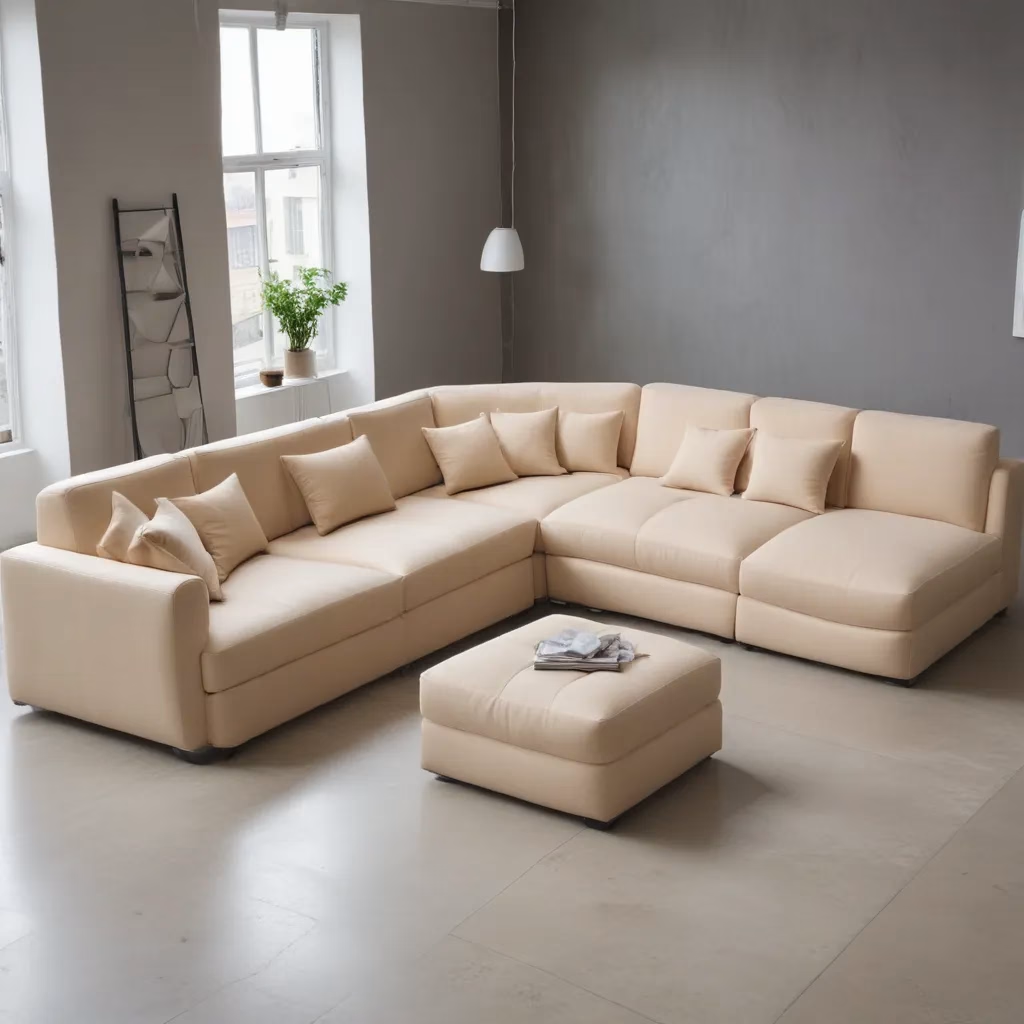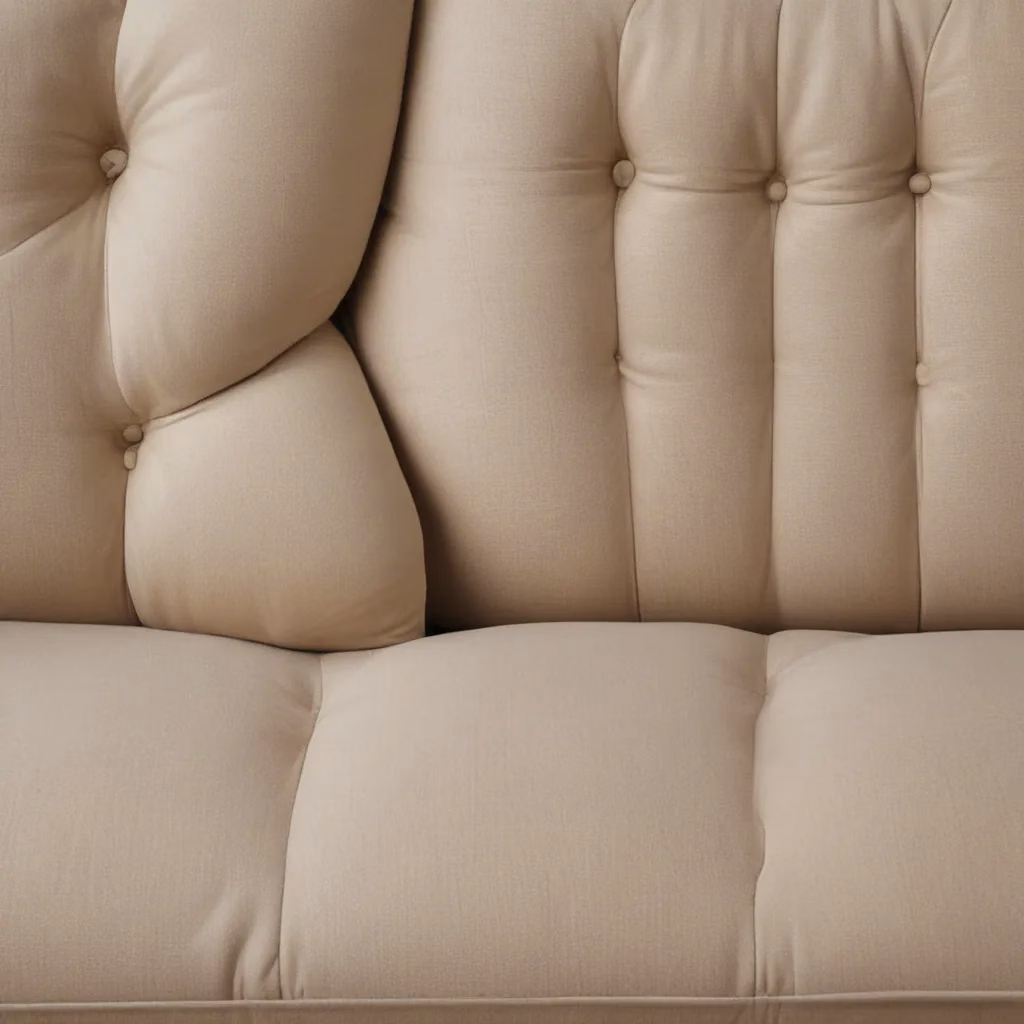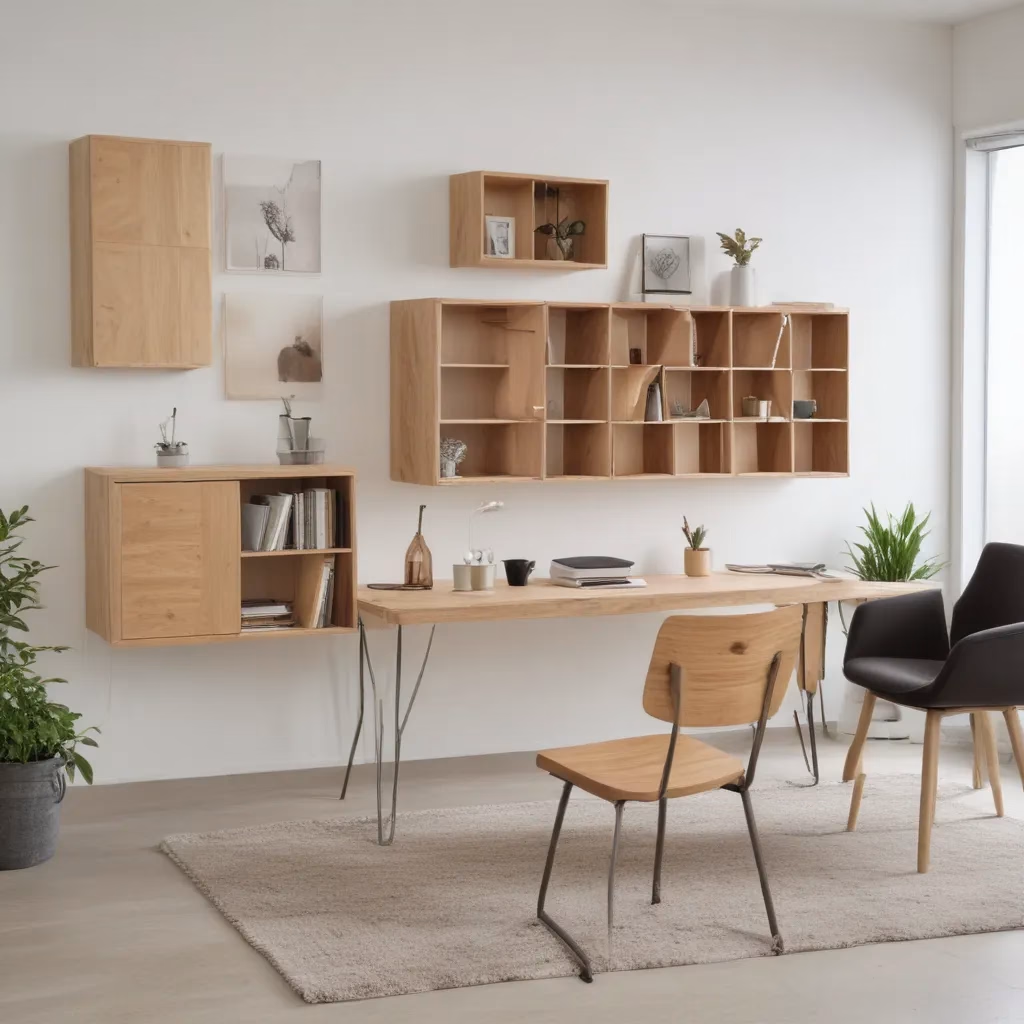
As an experienced furniture consultant and interior design writer, I know that arranging modular sofas in a living room requires striking the right balance between comfort, aesthetics, and functionality. The versatility of modular sofas makes them a popular choice for modern homes, but maximizing their potential can be a challenge, especially in smaller spaces. In this comprehensive guide, I’ll share expert tips and strategies to help you create a comfortable and visually appealing living room layout with your modular sofa.
Modular Sofa Design
Modular sofas, with their customizable configurations, offer a multitude of possibilities for arranging and rearranging your living room. Whether you have an L-shaped sectional, a U-shaped arrangement, or a more linear setup, the key is to understand the various options and choose the one that best suits your space and lifestyle.
Sofa Configuration Options
Modular sofas often come with a range of individual components, such as armless chairs, corner units, chaise lounges, and ottomans. This allows you to mix and match pieces to create the perfect configuration for your room. Consider how you want to use the space – for relaxation, conversation, or entertainment – and let that guide your sofa layout.
For a cozy, intimate setting, a U-shaped arrangement with the open end facing the room’s main entrance can create a welcoming and enclosed conversation area. Alternatively, an L-shaped sectional can define distinct zones for TV viewing and casual socializing, especially if placed in a corner. Modular designs with movable pieces also offer the flexibility to adapt the layout as your needs change over time.
Furniture Arrangement Principles
When arranging your modular sofa, keep in mind the fundamental principles of furniture placement. Aim to create a balanced and harmonious layout that maximizes the room’s functionality and visual appeal.
Start by identifying the room’s focal point, which could be a fireplace, a large window, or even the TV. Arrange the sofa and other seating pieces to face or complement this focal point, ensuring a natural flow and cohesive arrangement.
Consider the room’s dimensions and proportions, too. Avoid overcrowding the space by selecting a modular sofa that fits the room’s size without dominating it. Leave ample walkways and clearance around the sofa to maintain a sense of openness and ease of movement.
Optimizing Traffic Flow
One of the key considerations when arranging a modular sofa is ensuring smooth traffic flow throughout the room. Identify the main entryways and high-traffic areas, and position the sofa in a way that doesn’t obstruct these pathways.
If possible, leave at least 2-3 feet of clearance around the sofa, allowing people to move freely around the furniture. For L-shaped or U-shaped configurations, position the open end of the sofa towards the main entry point, inviting people to enter the seating area without disrupting the flow.
Remember to account for any architectural features, such as doors, windows, or fireplaces, that may affect the room’s layout and traffic patterns. By thoughtfully arranging your modular sofa, you can create a welcoming and functional living space that effortlessly accommodates your household’s needs.
Upholstery Considerations
The fabric and upholstery of your modular sofa play a crucial role in both its aesthetic appeal and practical functionality. Carefully consider the following factors when selecting the right upholstery for your living room.
Fabric Selection Criteria
When choosing the fabric for your modular sofa, prioritize durability and longevity. Performance fabrics, such as microfiber, stain-resistant polyester, or leather, are excellent options for high-traffic areas or homes with pets and children. These materials are easy to clean and maintain, ensuring your sofa retains its fresh, inviting appearance for years to come.
If you prefer a softer, more luxurious feel, velvet or linen upholstery can add a touch of elegance to your living room. Just be mindful that these fabrics may require more frequent cleaning and attention to keep them looking their best.
Upholstery Care & Maintenance
Proper care and maintenance are essential for preserving the longevity and appearance of your modular sofa’s upholstery. Establish a regular cleaning routine, using the manufacturer’s recommended methods and products. This may involve gently vacuuming the sofa, spot-cleaning spills or stains, and occasionally deep-cleaning the entire surface.
Additionally, rotate and fluff the cushions regularly to double-check that even wear and maintain the sofa’s shape. For leather upholstery, consider applying a leather conditioner periodically to keep the material supple and prevent cracking or fading.
Textural Accents
While the sofa’s main upholstery sets the tone, don’t overlook the power of textural accents to enhance the overall aesthetic. Incorporate throw pillows, blankets, and other soft furnishings to add visual interest and tactile appeal to your modular sofa arrangement.
Mix and match different textures, such as velvet, linen, or bouclé, to create a layered and visually engaging seating area. These textural elements can also help define the various zones within your living room, whether it’s a cozy reading nook or a lively conversation area.
Living Room Layout
Arranging a modular sofa within your living room requires careful consideration of the space’s layout and dimensions. By strategically positioning the sofa and complementary furniture pieces, you can create a harmonious and functional living environment.
Spatial Planning Tips
Begin by measuring your living room’s dimensions, taking note of any architectural features or obstructions that may affect the furniture placement. This will help you select a modular sofa that fits the space comfortably without overwhelming it.
When planning the layout, think about the room’s primary functions. Is it a dedicated media room, a multi-purpose living space, or a more formal sitting area? Tailor the furniture arrangement to support the room’s intended use, ensuring a seamless flow and optimal functionality.
Furniture Placement Strategies
Once you’ve determined the room’s layout and dimensions, start experimenting with different furniture arrangements. Consider the modular sofa as the anchor piece and build out the rest of the layout around it.
For an open-concept living room, use the modular sofa to define distinct zones, such as a conversation area and a TV viewing zone. Strategically place the sofa to divide the space while maintaining a sense of openness and visual continuity.
In smaller living rooms, a corner-placed L-shaped sectional can help maximize seating without compromising the room’s overall flow. Alternatively, a U-shaped configuration can create a cozy, intimate setting for socializing, while still allowing for easy movement through the space.
Lighting and Ambiance
Lighting plays a crucial role in setting the mood and ambiance of your living room. Incorporate a mix of overhead, task, and accent lighting to create a warm, inviting atmosphere that complements your modular sofa arrangement.
Consider placing floor lamps or table lamps near the ends of the sofa to provide functional illumination for reading or relaxing. Dimmable lighting, such as recessed fixtures or a pendant light, can help you adjust the ambiance to suit different activities and moods.
Additionally, strategically placed task lighting, like directional floor lamps or wall sconces, can highlight specific areas of the room, such as a cozy reading nook or a conversation zone. By thoughtfully integrating lighting into your living room layout, you can enhance the overall aesthetic and create a space that feels both practical and visually appealing.
Sofa Buying Guide
When selecting a modular sofa for your living room, there are several key factors to consider to double-check that you make an informed and satisfactory purchase.
Sizing and Measurements
Accurately measuring your living room’s dimensions is crucial when choosing a modular sofa. Carefully note the room’s width, depth, and ceiling height to double-check that the sofa’s components will fit comfortably without overcrowding the space.
Pay close attention to the individual module sizes and the overall configuration footprint. Consider how the sofa’s dimensions will impact traffic flow and the room’s overall balance. Opt for a modular design that can be customized to your specific space requirements.
Comfort and Support
Comfort is paramount when it comes to a modular sofa, as you’ll likely be spending a significant amount of time lounging and relaxing in this piece of furniture. Look for high-density foam cushions or memory foam for superior support and sink-in softness.
Additionally, examine the sofa’s construction, focusing on the frame, springs, and suspension system. Well-made modular sofas should feature sturdy, kiln-dried hardwood frames and reinforced joints to double-check that long-term durability and stability.
Brand and Quality
When investing in a modular sofa, it’s worth considering the brand’s reputation for quality and craftsmanship. Research reviews, ask for recommendations, and look for brands known for their commitment to sustainable materials and ethical manufacturing practices.
Higher-end modular sofa brands often offer customization options, allowing you to tailor the design and upholstery to your specific preferences. While these options may come with a higher price tag, the increased flexibility and long-term value can make them a worthwhile investment.
Styling for Relaxation
Once you’ve arranged your modular sofa to optimize traffic flow and functionality, it’s time to focus on creating a visually appealing and truly comfortable living space.
Textiles and Textures
Incorporate a variety of textiles and textures to add depth, warmth, and visual interest to your modular sofa arrangement. Drape cozy throw blankets over the sofa’s arms or cushions, and arrange decorative pillows in a mix of patterns, colors, and materials.
Velvet, chenille, and bouclé fabrics can add a touch of luxe, while linen and cotton offer a more casual, relaxed vibe. Experiment with different combinations to find the perfect balance that complements your modular sofa and the overall living room aesthetic.
Accessorizing Techniques
Accessorizing your modular sofa can transform it from a practical seating piece into a true focal point of your living room. Arrange decorative trays, sculptural vases, or small potted plants on the sofa’s arms or adjacent side tables to create visually interesting vignettes.
Consider incorporating mood-enhancing elements, such as scented candles or diffusers, to create a welcoming ambiance. Strategically placed task lighting, like floor lamps or wall sconces, can also help define specific zones within the living room and highlight the modular sofa arrangement.
Personalized Touches
Ultimately, the key to creating a comfortable and inviting living room with your modular sofa is to infuse it with your personal style and preferences. Incorporate family heirlooms, artwork, or unique decorative pieces that hold meaning for you and your household.
These personalized touches will not only make the space feel more like your own but also contribute to an overall sense of warmth and welcoming. After all, the true beauty of a modular sofa lies in its ability to adapt to your evolving needs and preferences, allowing you to create a living room that’s tailored to your lifestyle.
By considering the design options, upholstery characteristics, and layout strategies outlined in this comprehensive guide, you’ll be well on your way to arranging a modular sofa that perfectly suits your living room and elevates your everyday comfort and relaxation. Happy decorating!
Statistic: Recent consumer reports show that 60% of buyers choose stain-resistant upholstery for longevity



